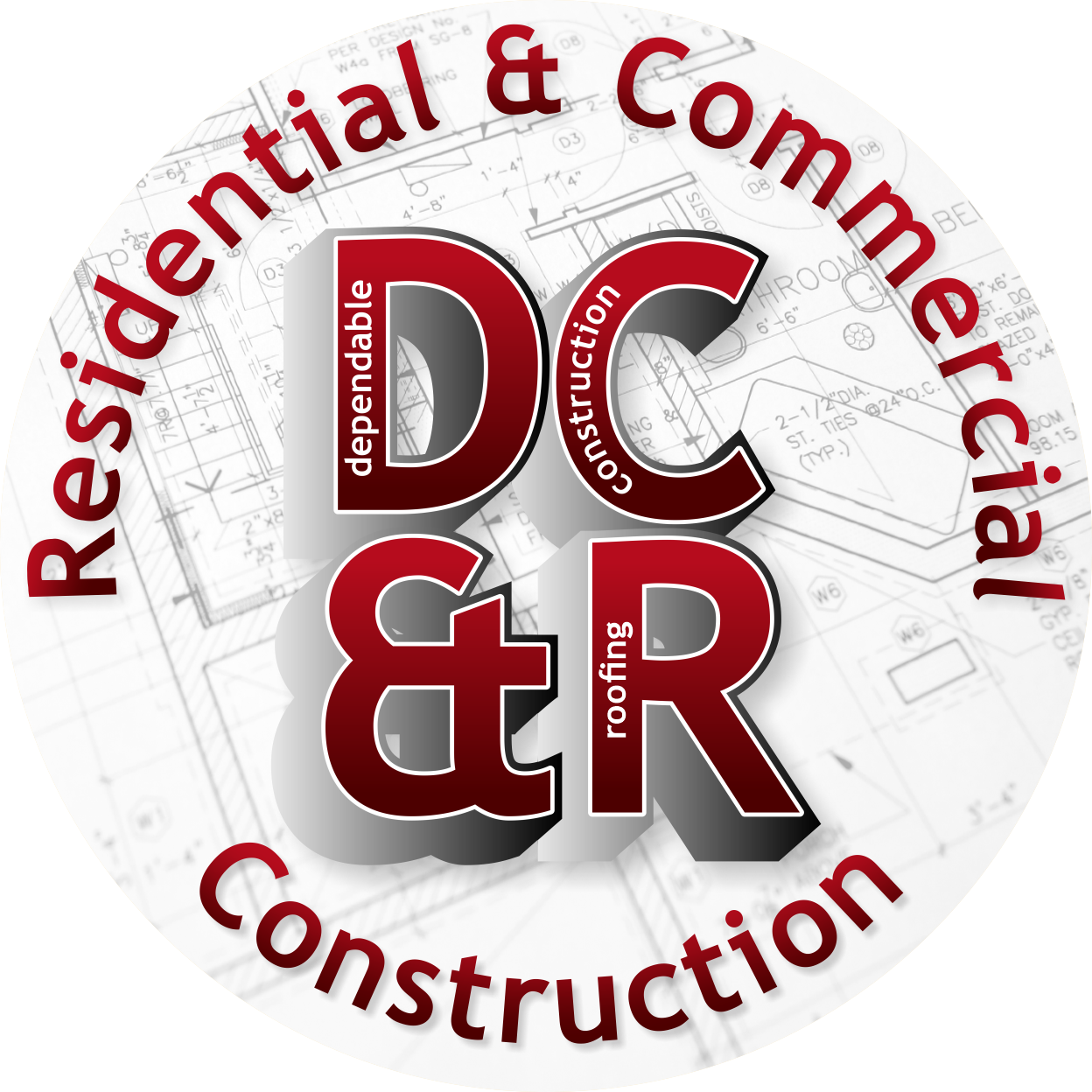Aside from curb appeal, what other criteria is used when choosing the right siding material? Will your choice be wood, vinyl, or another siding option? Dependable construction will do a quick run through of each.
Buying new siding isn’t something that most homeowners do very often. In fact, people who buy a new home with the right building materials are never in need of new siding.
Vinyl:
In addition to offering siding that resembles cedar boards, vinyl siding companies offer other decorative trim that mimics fish-scale shingles and replications of historic wood clapboard siding. Today’s vinyl siding looks better than ever, resists assaults from the wind, and won’t rot, dent, flake, scratch, or blister. It can become brittle in very cold weather.
Metal:
Steel and aluminum siding, offered in a variety of prefinished colors, is also available in vertical and lap styles. Many brands offer profiles and textures that are almost indistinguishable from wood. Most of today’s metal sidings are dent and wind-resistant and require little maintenance.
Solid wood:
When properly maintained, wood siding, vertical boards, shingles, and shakes are designed to stand the test of time, and there is nothing like the rustic look of real wood. However, the difficulty of protecting and maintaining wood siding has caused many homeowners to look at other siding choices. Prone to mildew in humid parts of the country, wood also expands and contracts with the seasons, which makes it prone to splitting and cracking.
What are the best woods for siding? Redwood, cedar, and cypress all stand up well to pests and rot, so they can be left to weather the climate in most cases. Just be prepared to re-stain or repaint it every few years.
Fiber cement:
This siding is made from a combination of wood fibers, cement, and sand. The resulting material is durable enough to resist termites and rotting, plus it is slow to burn. Fiber cement, such as HardieBoard, makes a lot of sense in harsh climates or near the ocean, where building materials must withstand salt air and winds. HardieBoard siding is also ideal in hot, humid climates, but it can be used anywhere. It’s available in a variety of styles and colors. Most fiber-cement products must be painted, which makes them very attractive to homeowners who want a specific color not offered in vinyl. Because they are rarely affected by expansion or contraction and they don’t hold moisture, these paint finishes last and last.
Engineered wood and hardboard:
Made up of bits of wood that have been bonded together with special resins, these products are particularly effective in moist climates. Hardboard is also treated with fungus repellents and insecticides and they resist termites better than any other wood. Engineered materials stand up well to the harmful effects of the sun, bad weather, abrasion, and chemicals. Products come in both lap and vertical siding styles and they are easy to install. Often considered the granddaddy of engineered wood products, hardboard is usually composed of pressed wood fibers. Shingles can be purchased bare, primed or finished. A knot and grain-free alternative to solid lumber, hardboard resists cracking, splitting, hail, and wind damage.
Brick and stone look-alikes:
Real brick and stone surfaces are often perceived as maintenance-free, but masonry requires occasional care. Loose mortar joints must be removed or replaced using a process called “tuck pointing.” If you like the look but not the maintenance, brick and stone veneers may be your best option. While true brick or stone walls must rest on a foundation, new thin-brick and manufactured-stone products adhere to walls with mastic or mortar and can be applied right over most existing siding.
Stucco:
Many of today’s traditional stucco products are formulated with epoxy, which practically eliminates cracking by allowing some surface movement. Stucco is usually applied in three coats, with the final coat tinted or painted.
How long do these materials last?
Vinyl warranties typically range from 50 years to the lifetime of the product’s original owner. Most brands of fiber-cement siding have a warranty up to 50 years. Homeowners can expect the same guarantees for brick and stone veneer products. Engineered wood and hardboard siding products usually have 15- to 25-year warranties. Metal-siding manufacturers offer warranties that last 25 years or longer.




You must be logged in to post a comment.